When it comes to what we eat, sometimes simpler is better. Raw foods often hold more nutrients and enzymes than their cooked counterparts, offering a boost to your health that cooking might diminish. Find out which foods make the most sense to enjoy raw and what benefits you’ll enjoy if you do.

Watercress
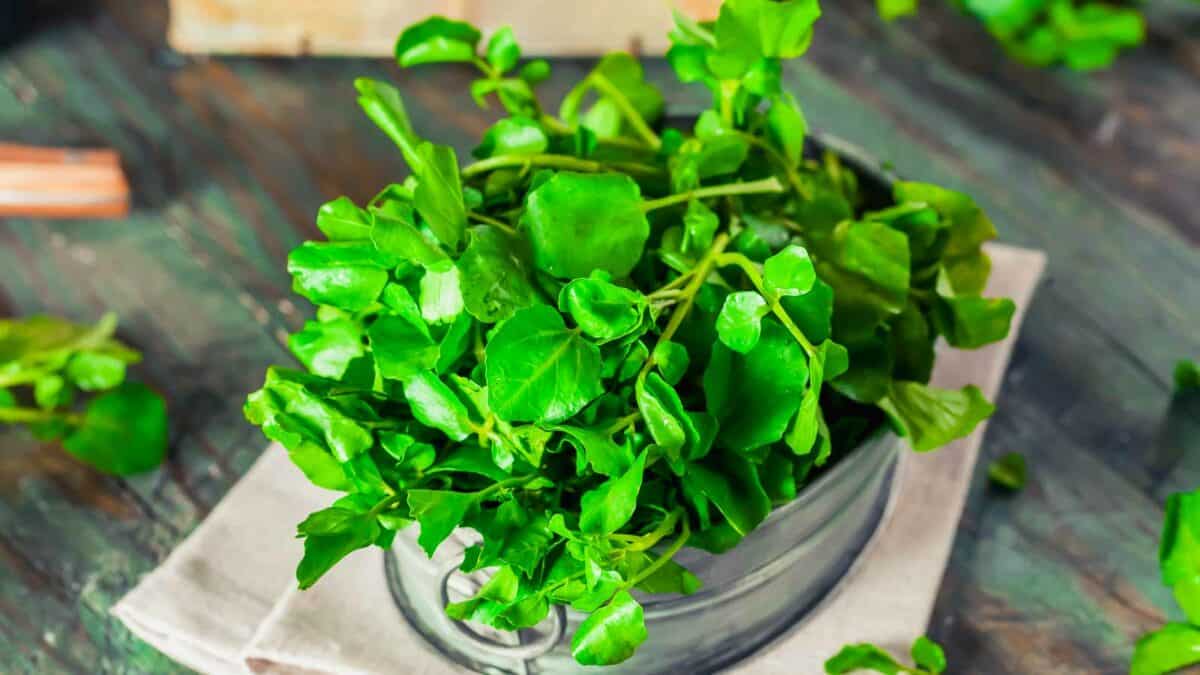
Watercress is a powerhouse of nutrients, best enjoyed raw to maximize its vitamin C and antioxidants, which can be reduced by cooking. It adds a peppery kick to salads and sandwiches. Make sure to wash it well first as it tends to be full of dirt and sand.
Berries

Berries are nature’s candy and your body’s best friend. Eating them raw preserves their high vitamin C and antioxidants helping to ward off free radicals, slash the risk of chronic conditions, and boost your overall health game. The magic lies in their phytochemicals, like flavonoids and anthocyanins, which thrive without the touch of heat.
Leafy Greens
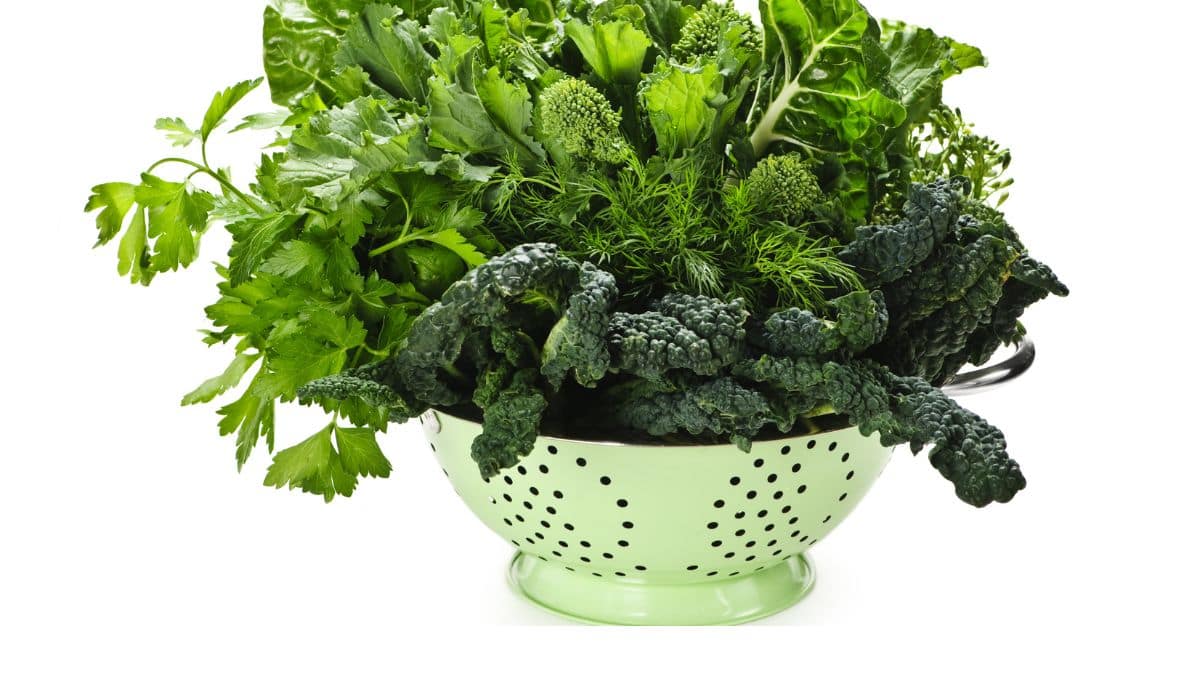
Raw leafy greens provide maximum vitamin K, folate, and iron, essential for blood health and energy. The cooking process can diminish some of these vital nutrients, making raw consumption a more beneficial option. They’re great in salads or green smoothies. But, if you have a sensitive stomach, start slow, as raw greens can be hard to digest for some.
Broccoli

Eating broccoli raw preserves the sulforaphane, a compound great for heart health and digestion. It’s crunchy, perfect for dips or slaw. But, it can cause gas or bloating for some, so moderation is key.
Beets

Raw beets maintain their fiber, folate, and betalains, promoting digestion and reducing inflammation. Grate them into salads or smoothies. Just be mindful, as they can stain everything they touch.
Onions

Raw onions keep their quercetin and sulfur compounds, supporting heart health and reducing inflammation. They add a sharp bite to salads and burgers. Just be aware, they can leave a strong aftertaste and might not be great for those with sensitive stomachs.
Garlic

Garlic eaten raw can maximize its allicin, beneficial for heart health and immune support. It’s potent, so a little goes a long way in dressings or dips. But, it can be harsh on the digestive system and cause bad breath, so maybe not before a date.
Peppers
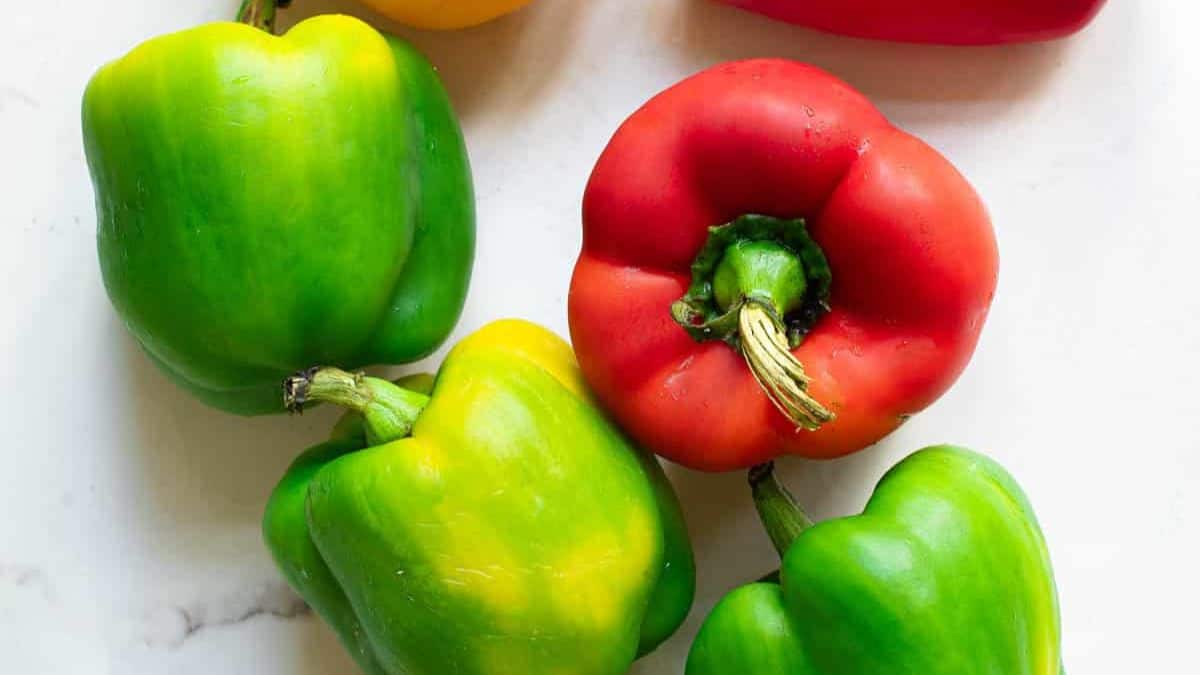
Raw peppers are full of vitamin C and antioxidants which are more abundant when eaten raw. They’re crunchy, sweet, or spicy, perfect for snacking or adding a pop of color to dishes. Capsaicin, in hot peppers, can irritate, so be mindful depending on how sensitive you are.
Cucumbers
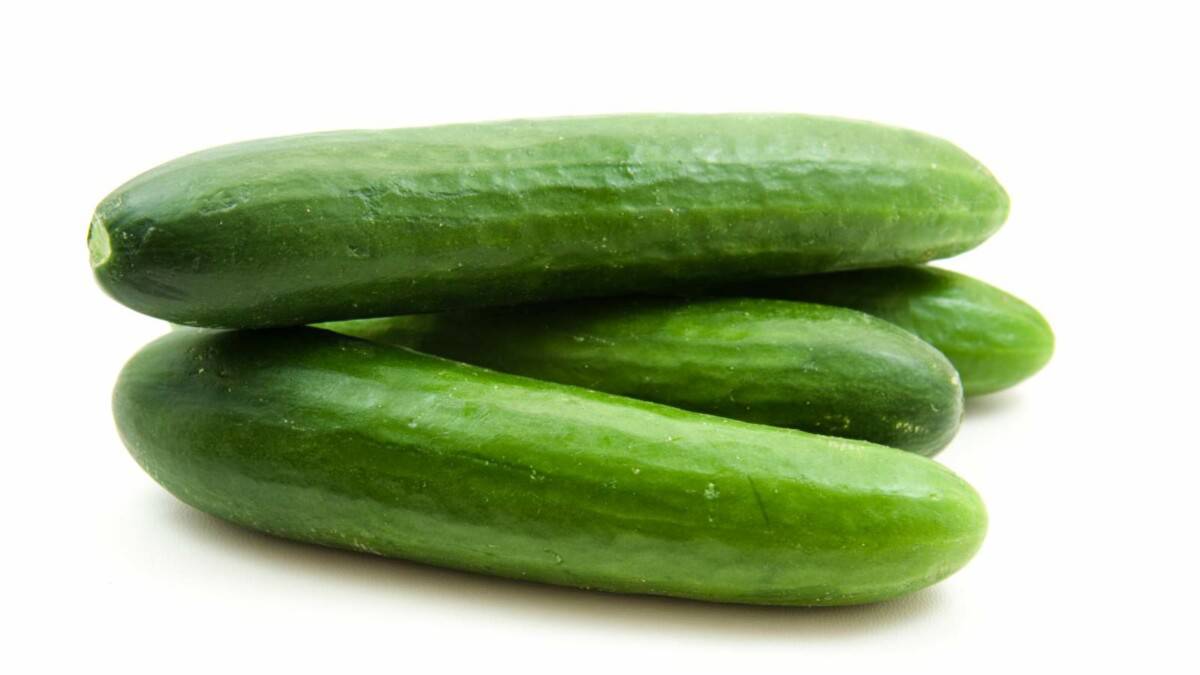
Enjoying cucumbers in their raw form is both refreshing and beneficial, thanks to their excellent hydrating abilities. They are a great source of vitamin K, necessary for blood clotting and bone health, while also providing essential minerals with minimal caloric intake. The cucumber skin, rich in fiber and vitamin A, supports eye health and enhances immune function. Incorporate raw cucumbers into salads, sandwiches, or as a snack with dips.
Pineapple
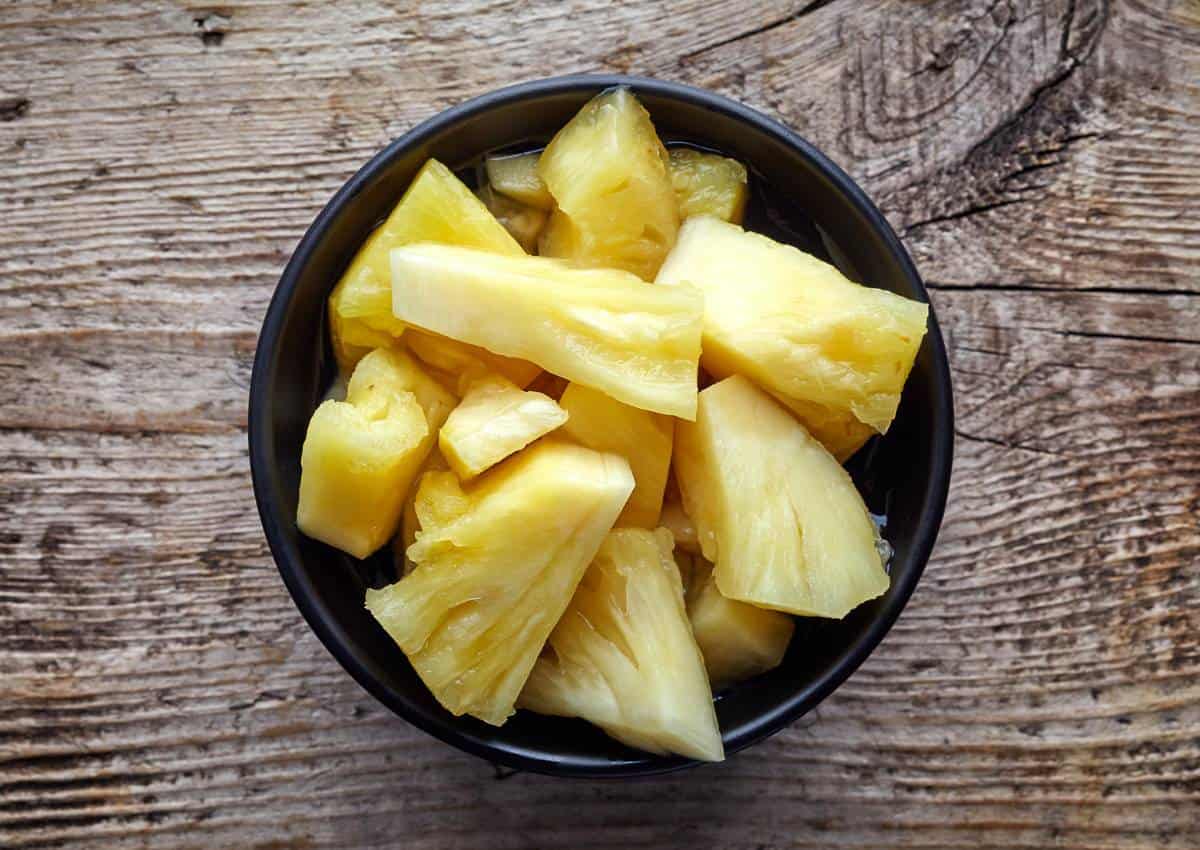
Pineapple is richer in vitamin C and bromelain when raw, aiding digestion and inflammation. It’s sweet, tangy, and perfect on its own or in fruit salads. However, the bromelain can tenderize your mouth, so don’t overdo it.
Apples

Apples retain more fiber and vitamin C when eaten raw, promoting heart health and digestion. They’re crunchy and portable for an easy snack. Just wash them well to avoid pesticide residues or preferably, buy organic.
Papaya
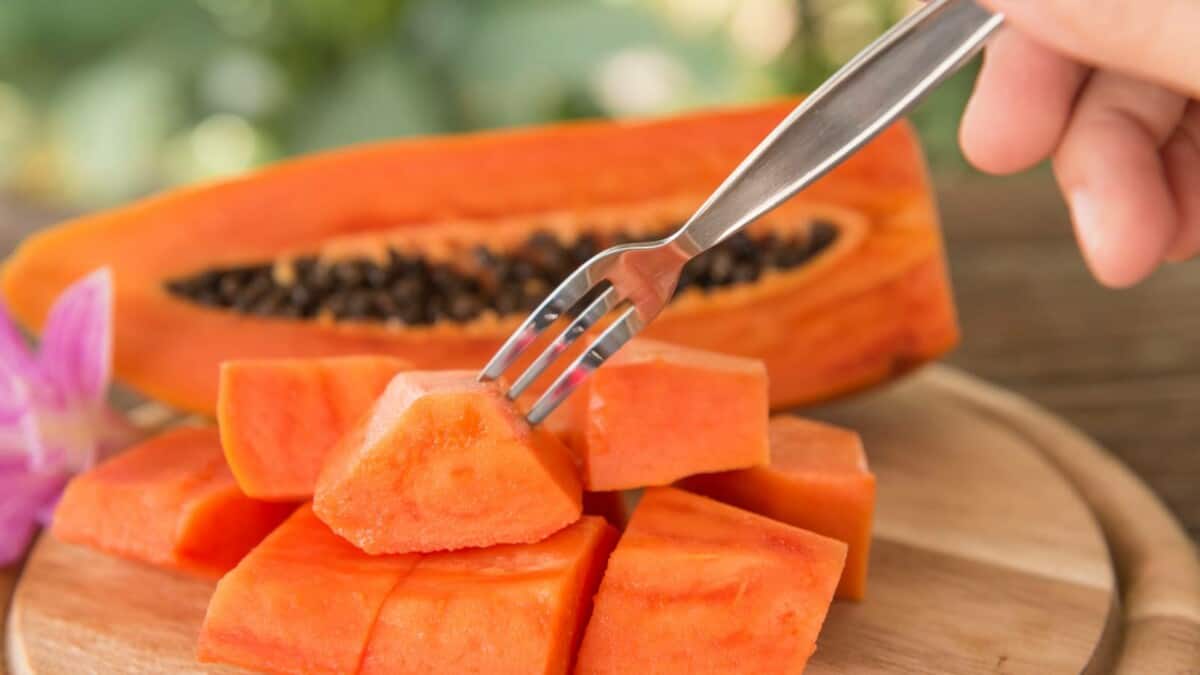
Raw papaya is full of enzymes like papain that aid in digestion and nutrient absorption. It’s sweet and perfect for tropical salads or smoothies. Just make sure it’s ripe to avoid potential irritants.
Radishes
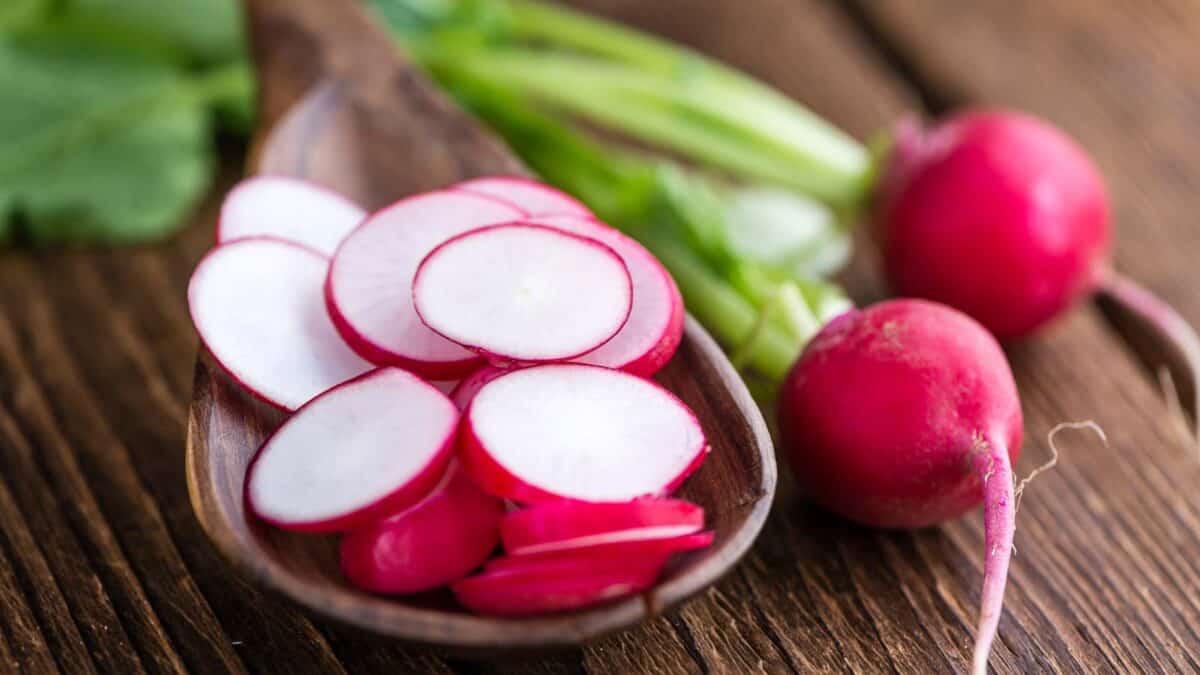
Radishes offer more vitamin C and crunch when raw, great for a spicy kick in salads or as a snack. They can be a bit peppery, so start small if you’re not used to the bite.
Kiwi
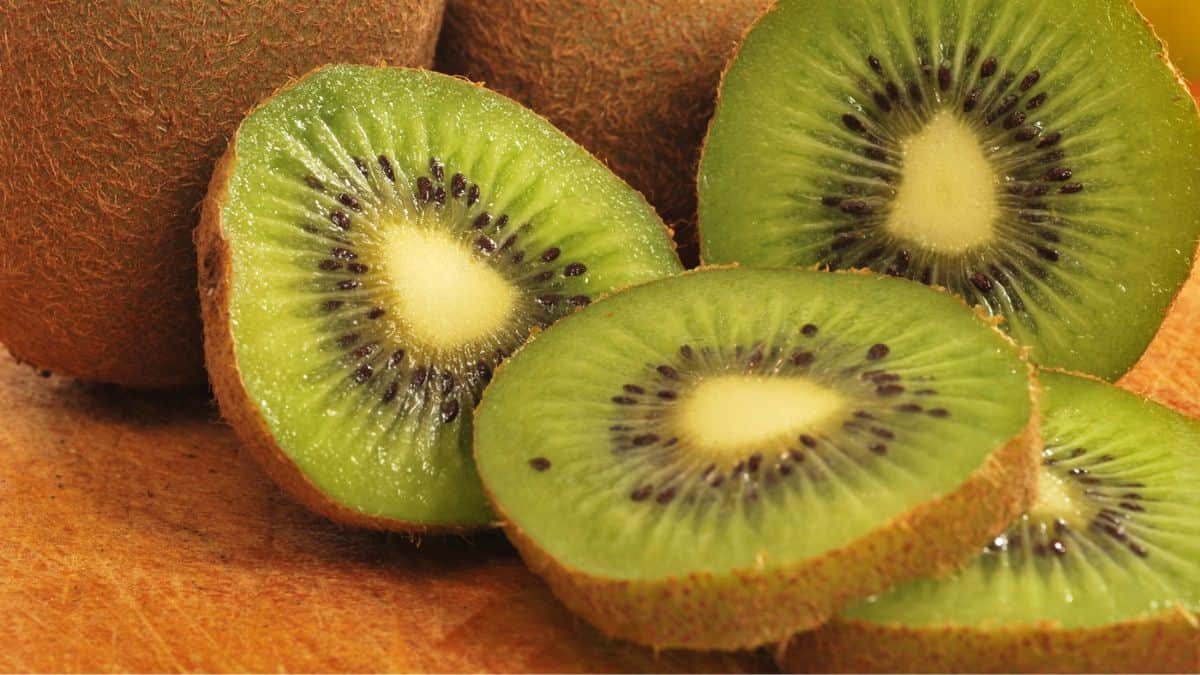
Kiwi keeps its vitamin C and digestive enzymes intact when raw. It’s sweet, tangy, and perfect for adding to fruit salads or eating on its own. Just be cautious if you have a latex allergy, as some cross-reactivity can occur. Many don’t realize but kiwi skin is also edible, especially the golden varieties which aren’t as fuzzy as the classic green kiwi.
Pears

Pears are more fibrous and hydrating when eaten raw, supporting digestion and providing vitamins. They’re sweet and crunchy, great on their own or in salads. Just be sure to eat them ripe for the best flavor and digestibility.
10 Risky Foods That You’re Better Off Avoiding According To Food Safety Experts

Not to dampen your foodie spirit, but some eats come with a side of risk that’s not listed in the description. From raw sprouts that could be throwing a bacteria party, to that rare steak from your favorite restaurant that’s playing with danger, this guide walks you through the minefield of risky eats out there and offers some safer, just-as-tasty alternatives to try instead.
See Them Here: 10 Risky Foods That You’re Better Off Avoiding According To Food Safety Experts
10 Foods Safe To Leave Out Overnight And Still Enjoy

Ever found yourself wondering if that pizza slice is still good after spending the night on the counter? We’ve all faced the late-night dilemma of whether to fridge it or risk it. Here’s a list of foods that can safely hang out on your counter overnight and still be tasty and safe to eat the next day. No more need to guess!
See Them Here: 10 Foods Safe To Leave Out Overnight And Still Enjoy
Top 10 Most Common Food Safety Mistakes People Make At Home
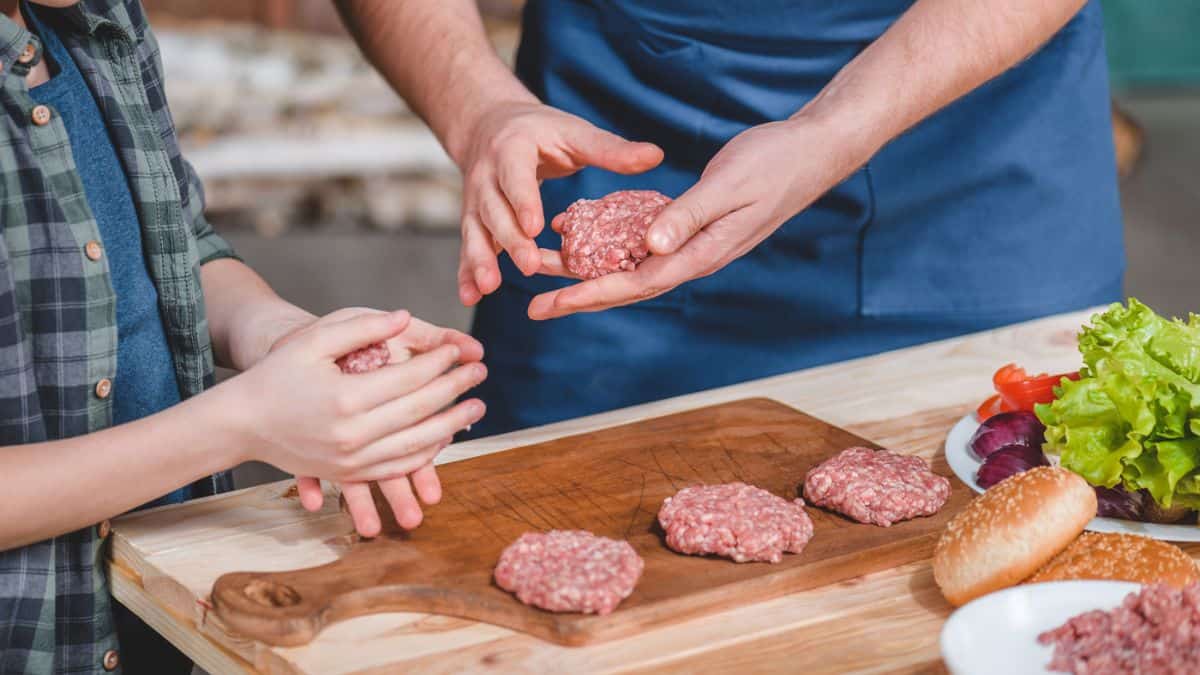
Navigating kitchen safety can sometimes feel like walking through a minefield of dos and don’ts. Let’s shed some light on the common food safety mistakes that sneak into our daily routines. By understanding and adjusting these small, often overlooked actions, we can significantly improve our food handling practices and keep our kitchens and families safe.
See Them Here: Top 10 Most Common Food Safety Mistakes People Make At Home
Select images provided by Depositphotos.
Gina Matsoukas is an AP syndicated writer. She is the founder, photographer and recipe developer of Running to the Kitchen — a food website focused on providing healthy, wholesome recipes using fresh and seasonal ingredients. Her work has been featured in numerous media outlets both digital and print, including MSN, Huffington post, Buzzfeed, Women’s Health and Food Network.








